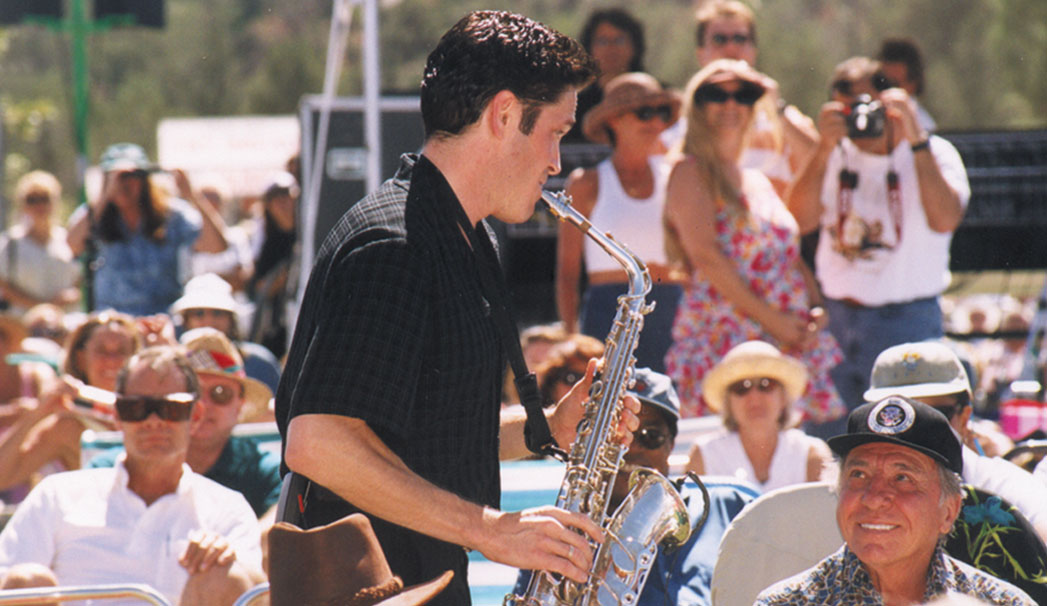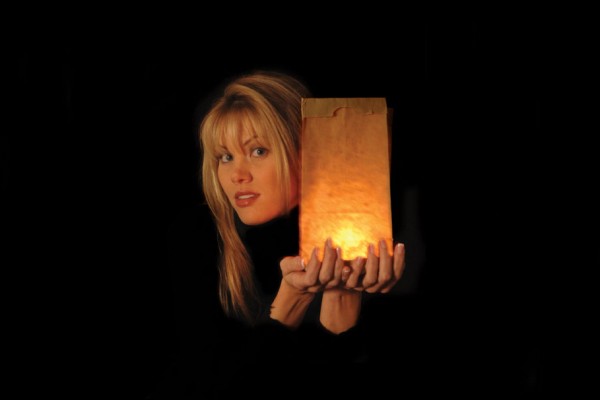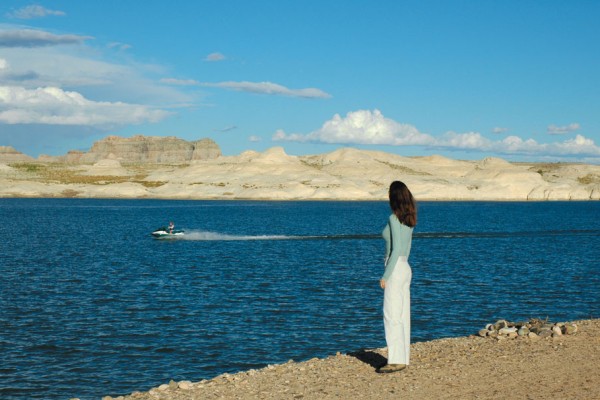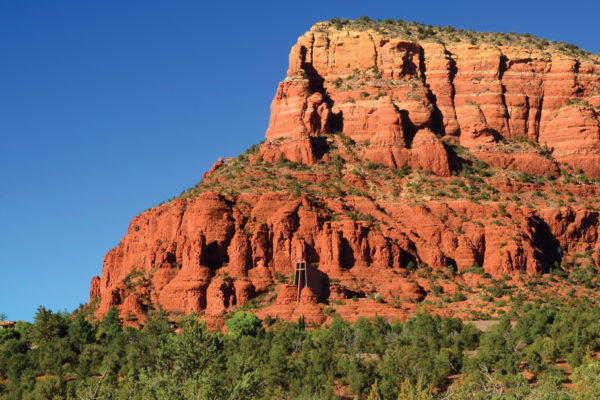Over its 23-year history, Sedona Jazz on the Rocks weekend has grown from a little improvisation by a small circle of inspired fans into a multifaceted suite that has a particularly sweet coda: A windfall for music education throughout the state of Arizona.
The proceeds of the four-day festival – to be held from Sept. 23-26 at venues around Sedona, with the daylong five-act event headlined by Dave Koz on Sat., Sept. 25, at the Radisson Poco Diablo Resort as its centerpiece – fund a year-round effort to give young and advanced students an opportunity to explore their creativity through music.
We spoke with Jazz on the Rocks executive director Chris Irish to learn how this big event comes together, how its programs help students, and what’s on the horizon. For tickets or other information, call 928-282-1985 or see www.sedonajazz.com.
Sedona Monthly: How did you get involved in Sedona Jazz on the Rocks?
Chris Irish: I was a special-events planner, and I had experience with large festivals; I worked for the city of Phoenix for quite a while. I moved to town when my husband was hired as Sedona’s first police chief. I was a volunteer for Jazz on the Rocks, and served on the Board of Directors for five years; when they decided to hire an Executive Director I was asked if I wanted to do it. I’ve been on staff for 10 years now.
How did the Festival start?
In 1981 a little group of Sedona music fans got together and thought, “Wouldn’t this be a cool place to showcase jazz?” So, they hired all sorts of Arizona musicians, and called it The Day Sedona Turned Jazz; they drew about 1,000 people here that first year.
That’s pretty amazing for a small group of enthusiasts; how did they manage that?
Well, Johnny Griffin was one of the key men. He’s a jazz pianist. Very instrumental in helping him was Troy Williams, who at that time owned the Oak Creek Owl restaurant. They advertised it in Phoenix, and through little jazz clubs, and with Troy telling the people who were constantly going in and out of his restaurant.
They kept it fairly small until about 1986, when they began to see that they were going to turn a little bit of a profit and incorporated the Festival as a 501(c)3 [nonprofit] corporation, so they could do charitable things with the money they had left over.
So that’s when the educational aspect came into it?
Correct. At the start, because we were small and run totally by volunteers, we primarily gave our monies to existing educational programs. As we got a little bit more successful, we decided we wanted to focus on jazz education for kids, and it seemed to be easier to control where our money was going and how much effect we were actually having by producing the programs ourselves.




